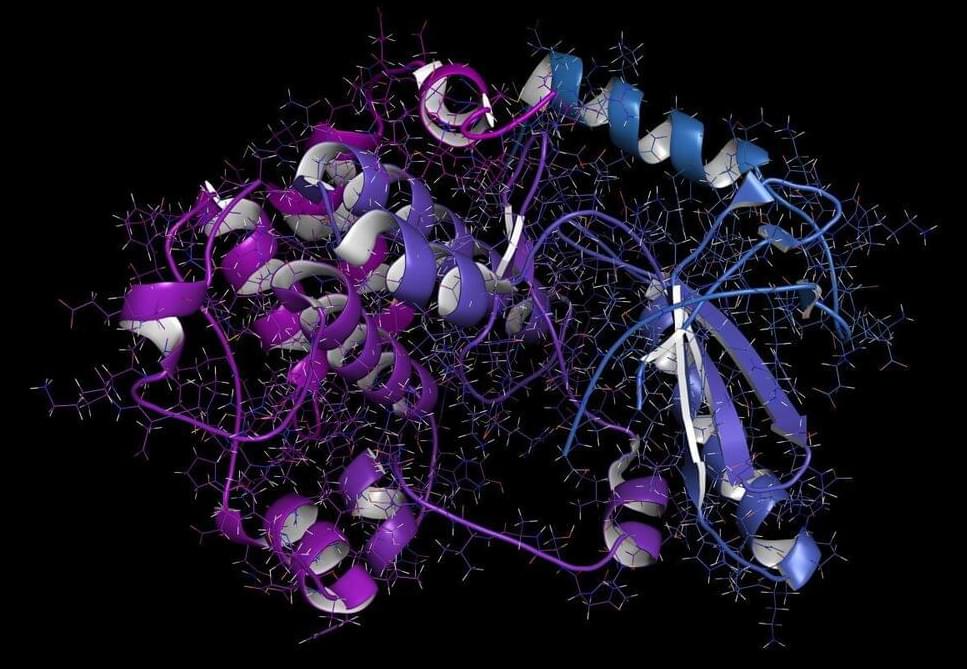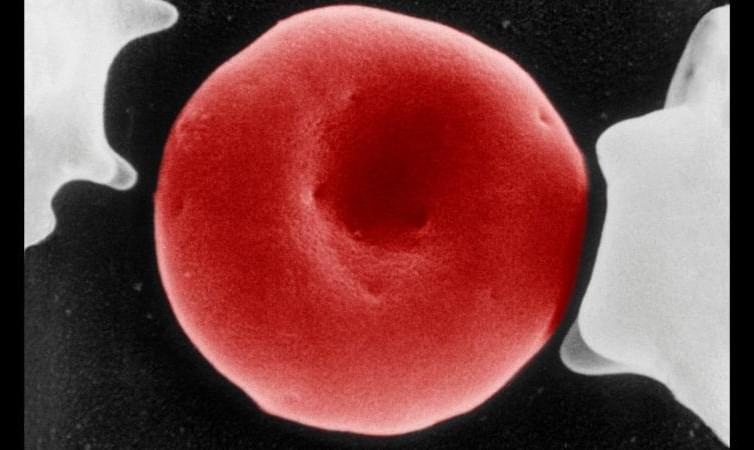Many of the protein shapes are from organisms that are completely unknown to science.


Ukraine’s president says he wants to start raising funds to buy “a whole fleet of sea drones.” Kyiv used sea drones to attack the Russian Black Sea fleet in the end of October, and according to the Ukrainian military, they hit three Russian warships.
Meanwhile, for weeks now the Russian military has been flying explosive-laden “Iranian drones” into critical Ukrainian infrastructure facilities and residential areas. Although British intelligence says most of the drones are now intercepted by air defenses, a third still reach their targets. Ukraine’s prime minister, Denys Shmyhal, has said the Russians use “20 to 30 Iranian ‘kamikaze’ drones’” every day.
Subscribe: https://www.youtube.com/user/deutschewelleenglish?sub_confirmation=1
For more news go to: http://www.dw.com/en/
Follow DW on social media:
►Facebook: https://www.facebook.com/deutschewellenews/
►Twitter: https://twitter.com/dwnews.
►Instagram: https://www.instagram.com/dwnews.
►Twitch: https://www.twitch.tv/dwnews_hangout.
Für Videos in deutscher Sprache besuchen Sie: https://www.youtube.com/dwdeutsch.
#Ukraine #Russia #Drones



Our start-up on its way to a scale-up is looking for new team members.
Plant-e, founded in 2013, generates electricity with living plants and is the only known company in the world that generates carbon-negative electricity. It doesn’t get any more sustainable than this!
Spark of Nature. It is Plant-e’s mission to provide a high-tech, nature-based solution by generating electricity with living plants.

face_with_colon_three circa 2017.
For decades, scientists have sought to create red blood cells in the lab – a “holy grail” that some hoped could ease regional blood shortages, especially for people with rare blood types.
But now British researchers say they have overcome a major barrier that has plagued many scientists: creating enough red cells to fill a blood bag. Their findings are published in the journal Nature Communications.
“When we kept (the cells) continually dividing for a year, we were quite excited,” said Jan Frayne, a biochemist at the University of Bristol and one of the study’s lead authors.


Scientists at the University of Pittsburgh School of Medicine have discovered the missing puzzle piece in the mystery of how melanoma tumors control their mortality.
In a paper published in Science this week, Jonathan Alder, Ph.D. and his team describe how they discovered the perfect combination of genetic alterations that tumors use to promote explosive growth and prevent their own demise, a development that could change the way oncologists understand and treat melanoma.
“We did something that was, in essence, obvious based on previous basic research and connected back to something that is happening in patients,” said Alder, assistant professor in the Division of Pulmonary, Allergy and Critical Care Medicine at Pitt’s School of Medicine.


Successfully navigating the 5G transformation requires automation every step of the way—from network planning and preparation through implementation and monetization. 5G has made the consumers more empowered and demanding and this creates a need for CSPs to monetize beyond data bundles and introduce indirect monetization mechanisms. What CSPs must now do is look at investing in platforms that enable them to monetize innovative 5G business models.
CSPs have a huge opportunity to create new complex products and solutions for the B2B2C market assembled with the help of multiple partners. But this isn’t just a one-way opportunity. The biggest benefit of this model is the CSPs’ ability to participate in value chains and ecosystems that are orchestrated jointly with partners. CSPs will increasingly use partners to extend owned capabilities across product cocreation, marketing, sales, delivery, and customer support.
Moreover, CSPs need to evolve towards becoming service enablers and partner with businesses, developers, and other players across different domains and industries in order to create unique 5G service offerings to differentiate themselves in the market. To find success in the 5G era, they will need to maintain an ecosystem of partners that allow them to innovate and expand its reach across industry verticals. This will result in automated processes, the ability to launch any partner model, reduced time to market and reduced operational costs.